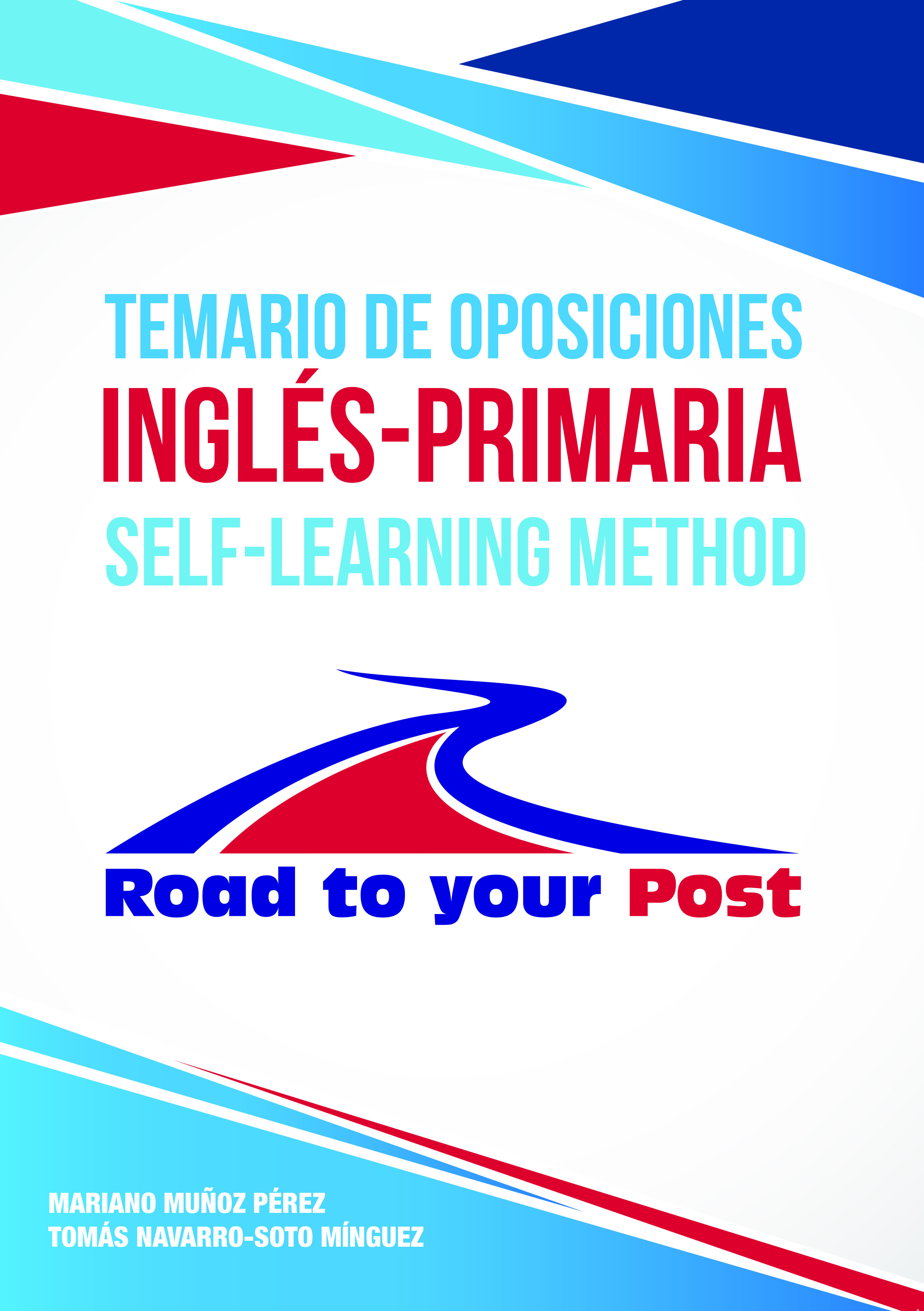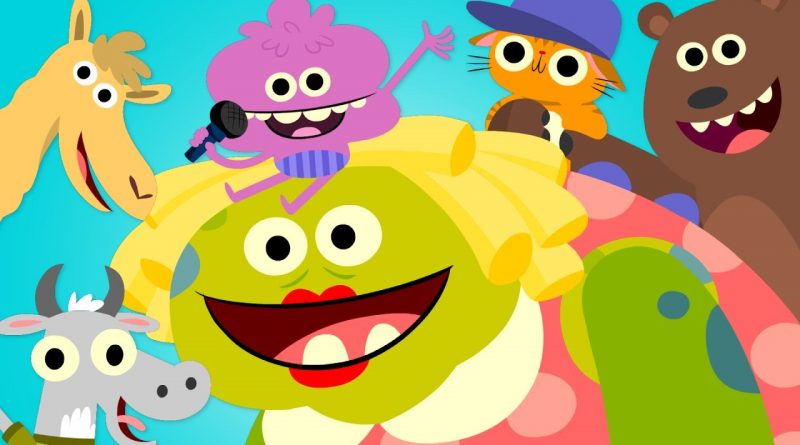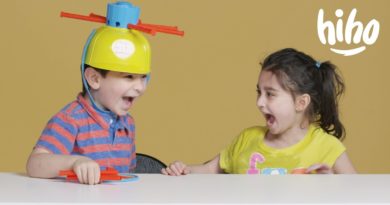The power of songs in the FL classroom.
Super Simple Songs. The power of songs in the FL Classroom.
Follow us: https://www.facebook.com/OposicionesInglesRP/
More about Road to your Post: oposicionesingles.com
Text extracted from: Temario de oposiciones Inglés-Primaria. Self-learning method.

ECIOP (Essential Content In One Page)
Topic:17.
The song as a poetic vehicle and as literary creation in the english class. Typology of songs. Techniques to use songs for phonetic, lexical and cultural aspects.
1. Introduction
Main aim in FLT: Communicative competence. This requires appropriate materials and resources. Songs and music are ideal strategies to motivate students, present language or create a context. There are plenty of benefits in the use of songs for FLT, as we shall see along this paper.
2. The song as a poetic vehicle and as literary creation in the English Class.
Songs are ideal resources to present authentic and fun input. Its use is in line with the Theory of Multiple Intelligences.
Benefits in using songs: Linguistic (present or recycle lexis, enjoyable repetition, work on pronunciation); psychological (motivating power, non-threatening environment); cognitive (improve concentration, predict what comes next, reinforce meaning); socio-cultural (develop knowledge of English-speaking countries).
– Poetic function of the language (meaning in a song…example).
– Selection criteria: age, linguistic difficulty (ZPD).
– Staging: Pre-while and post (explanation and example).
– Examples of strategies (predicting, inferring meaning from the context).
3. Typology of songs
• Action songs and rhymes. Effective for Infant and Primary. Normally associate language and action (TPR). Rhymes are usually performed with fingers or hands, especially useful to work on sounds and prosodic features.
• Nursery Rhymes. Poetry for children, not specifically for teaching purposes.
• Limericks and Riddles. Popular poetry, usually with a humorous element that may include archaic language. Riddles include solving a problem.
• Traditional and Pop songs. Use of pop songs can be highly motivating, although they have not been designed for FLT and thus, language level may be too high.
Examples.
4. Techniques to use songs for phonetic, lexical and cultural learning
• Phonetic aspects of rhythm, stress and intonation in the four content blocks. Goal of teaching pronunciation (Goodwing: understand and be understood, build their confidence, to monitor their speech based on input from the environment); intelligibility (Harmer).
• Lexical competence: Nation, knowing a word implies knowing the form, meaning and how to use it). Steps (convey meaning, check for comprehension, consolidation. Examples)
• Cultural learning. Socio-cultural aspects in legal framework (content blocks). Songs are ideal resources to present and practise cultural learning. Practical examples depicting cultural content or treatment.
5. Conclusion
Songs as valuable resources to provide real input. Motivating power. Need to integrate them in the curriculum to develop the learners´ communicative competence.
Page 178:
2. THE SONG AS A POETIC VEHICLE AND AS LITERARY CREATION IN THE ENGLISH CLASS
Everyone would admit that music and rhythm are forms of cultural expression in all cultures and in all ages. As Read (2007) notes, children love rhythm, music and movement; and the use of songs contributes to learners´ overall social, linguistic, cognitive and emotional development. In this sense, when children start learning a FL, songs, rhymes and chants play a special role in providing them with authentic and enjoyable input.
The main cognitive reason for using songs in the classroom is automaticity. Songs present opportunities for developing automaticity. Gatbonton and Segalowitz (1988) define automaticity as “a component of language fluency which involves both knowing what to say and producing language rapidly without pauses”. Songs are a method that can help automatise the language development process. Traditionally, it was thought that automatization would be produced through repetitive exercises in a noncommunicative environment. Gatbonton and Segalowitz also note that that we must “place students in an environment in which it is appropriate to use utterances in a genuinely communicative fashion”.
The role of songs in FLT: According to Gardner´s theory of multiple intelligences (1983), the use of songs in the classroom stimulates several intelligences: verbal, musical, interpersonal, intrapersonal and kinesthetic; since a song involves lyrics, music, sharing with other (interaction), reflection on the meaning and even physical reaction (i.e. physical response to meaning).
Another relevant theory on the grounds of the use of songs in the FL… https://goo.gl/HMFr2h




